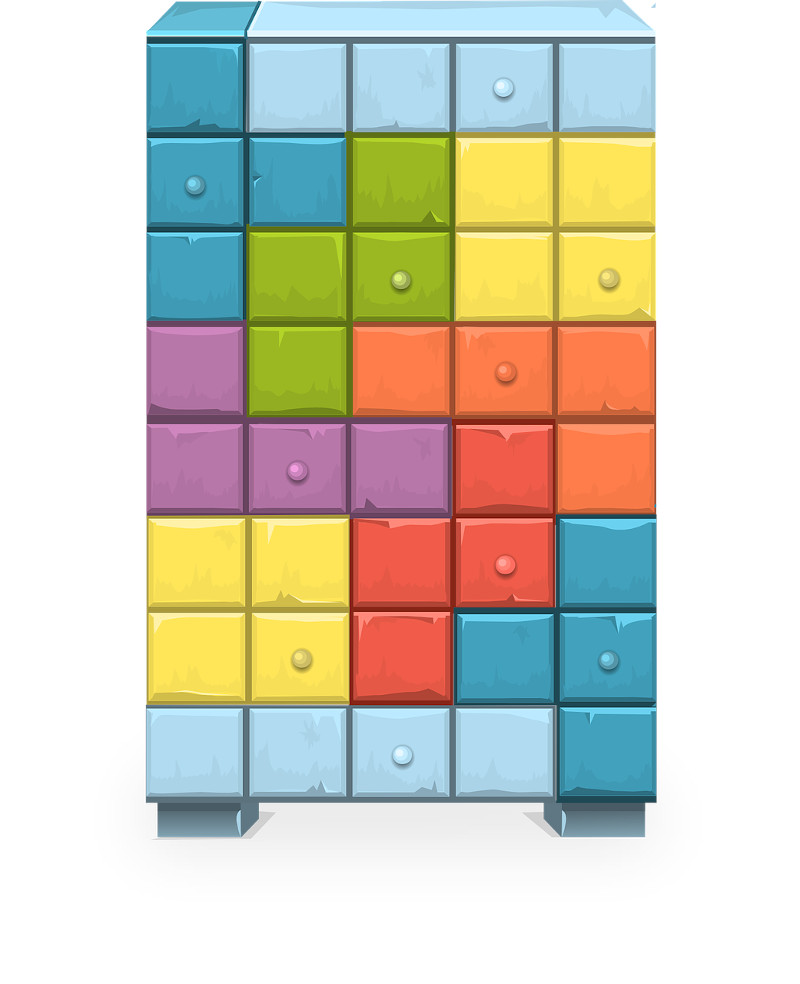Where do NFT's reside in?
In these mini-series, we will look at several potential areas that Web 3 would prevail. We will start with NFT’s in this post.
What is an NFT?
Well - good question. What is an NFT? NFT stands for ‘Non-Fungible Token’.
Technically speaking, NFT is a token, basically a piece of code, that is recorded on blockchain. What this code does is to make a reference to an object stored somewhere.
“Wait a second, I thought an NFT is stored on a blockchain?”. Technically no, and let’s explain why that is the case.
Where do NFT’s reside?
NFT in a digital world could be anything but let’s start with a basic example: Let’s talk about a picture that an artist created. The artist uses several tools to create that object: A camera, photoshop, mixing tools etc. After working several hours on their creation, the artist finally completes their art. So what is next?
 |
|---|
| Image by OpenClipart-Vectors from Pixabay |
The end product, let’s say a jpeg file is usually kept in high resolution and usually around a couple of megabytes. Can you ‘save or store’ this on a blockchain? For a major blockchain like Bitcoin, a single block that is produced in 10 minutes has a size of 1MB. How could you possibly store this information here? (Actually, this is a quite simplified version for common reading, in reality the information is condensed into hashes, other blockchains may have larger block sizes, but the essence remains true - it is not feasible nor necessary to store large files on blockchains).
So what does the artist do? The artist stores the image either on their own server, on a centralized cloud (such as AWS - Amazon Web Services) or a decentralized storage solution (such as Filecoin or Arweave). Following that, they create a small code that refers to the image stored - this is called minting.
How would an artist create such a file? There are several solutions but one of the main ones is using OpenSea. That small code ‘minted’ is called an NFT. The NFT directs anyone to the source ‘image’.
How does ‘minting’ work? Well, the code generated is written on blockchain and visible to anyone. It contains several information, such as the location of the ‘source image’, the address that owns that image, and the conditions of transferring the ownership rights.
‘This is fine but how about the fact that, I as an observer see and download that digital image to my computer?’. This is a question that any person that meets with digital art would raise. That question requires a bit of explanation that we will try to address in our next post.
This piece is first published in BlockchainIST Center on April 3rd, 2022.
None of the views expressed in this article should be considered as investment advice
